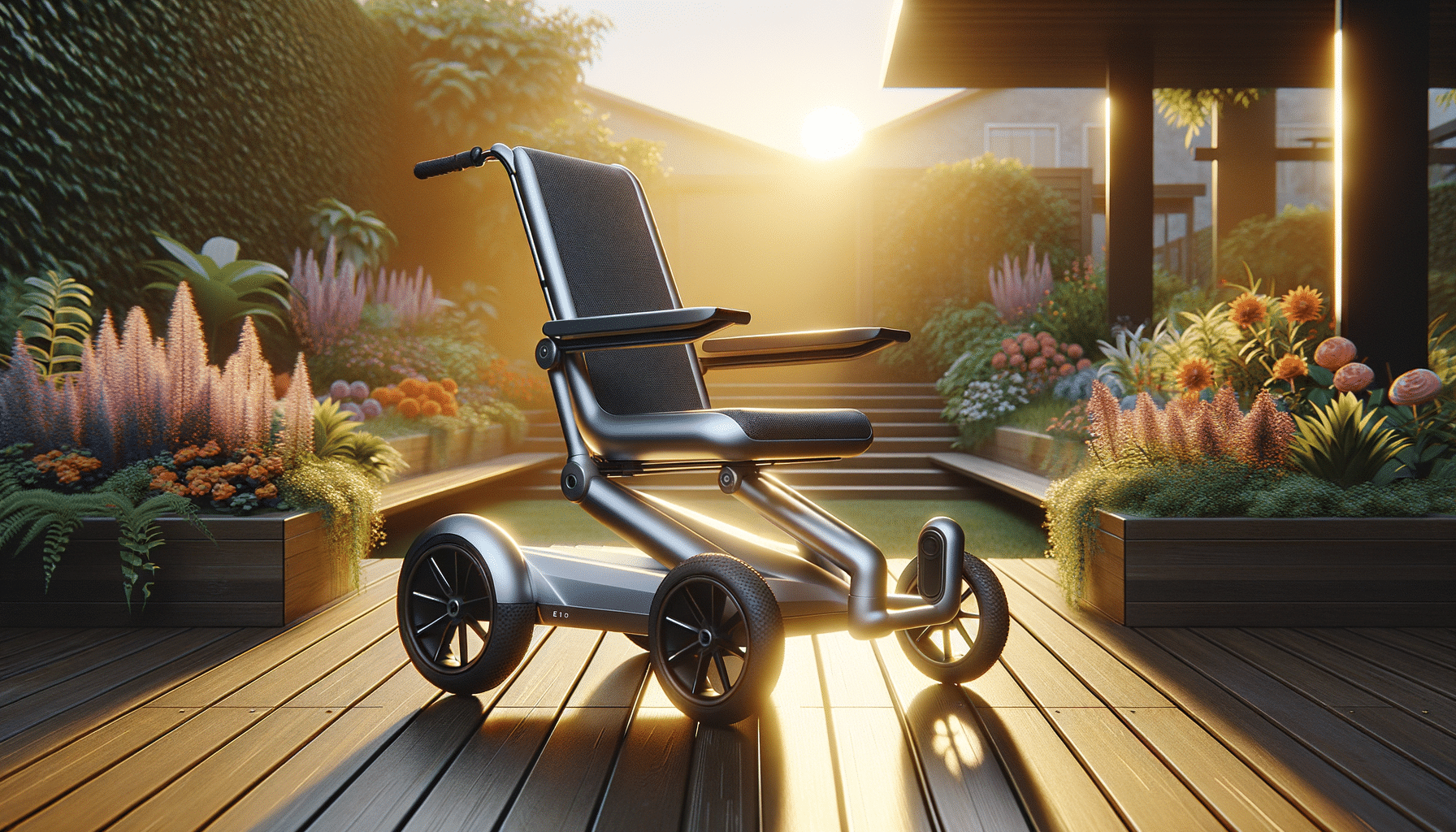
Exploring Lightweight Mobility Devices for Seniors
Introduction to Lightweight Mobility Devices
In the realm of senior care, lightweight mobility devices have emerged as vital tools that significantly enhance the quality of life for many individuals. These devices are designed to provide ease of movement, ensuring that seniors can maintain their independence and continue to engage in daily activities with minimal assistance. As the global population ages, the demand for practical and efficient mobility solutions grows, making the exploration of lightweight mobility devices a topic of increasing relevance and importance.
Lightweight mobility devices encompass a range of products, including wheelchairs, scooters, and walkers, each tailored to meet specific mobility needs. These devices are engineered to be user-friendly, durable, and adaptable, often incorporating advanced materials and innovative designs to reduce weight without compromising functionality. This article delves into the key features and benefits of lightweight mobility devices, highlighting their essential role in supporting seniors’ independence and enhancing their mobility.
Key Features of Lightweight Mobility Devices
Lightweight mobility devices are characterized by several key features that set them apart from traditional mobility aids. The primary focus is on reducing the overall weight of the device, which not only makes them easier to maneuver but also simplifies transportation and storage. Manufacturers often use lightweight materials such as aluminum or carbon fiber to achieve this, ensuring that the devices remain robust and durable.
Moreover, these devices are designed with user comfort and convenience in mind. Features such as adjustable seating, ergonomic handles, and foldable frames are common, allowing for customization to fit individual needs and preferences. Many devices also incorporate advanced technology, such as power-assist functions or smart navigation systems, which enhance usability and provide additional support.
Another important feature is the compact design, which facilitates easy navigation through narrow spaces and crowded areas. This is crucial for seniors who wish to maintain an active lifestyle, as it enables them to move freely both indoors and outdoors. The combination of these features makes lightweight mobility devices a practical choice for those seeking to enhance their mobility without sacrificing ease of use or comfort.
Benefits of Using Lightweight Mobility Devices
The benefits of utilizing lightweight mobility devices extend beyond mere convenience, offering significant improvements in the overall well-being and independence of seniors. One of the most notable advantages is the increased ease of movement, which enables users to engage in daily activities with greater confidence and less fatigue. This can lead to improved physical health, as regular movement is essential for maintaining muscle strength and joint flexibility.
Additionally, lightweight mobility devices contribute to psychological well-being by fostering a sense of autonomy and self-reliance. Seniors who can move independently are more likely to participate in social activities and maintain an active lifestyle, which can alleviate feelings of isolation and depression. The ability to easily transport and store these devices also means that seniors can travel more freely, whether visiting family and friends or exploring new places.
Furthermore, these devices often come with cost-effective benefits. Their durable construction and ease of maintenance mean that they can provide long-term support without the need for frequent replacements or repairs. This makes them an economically viable option for many seniors and their families, ensuring that mobility and independence remain accessible and sustainable.


